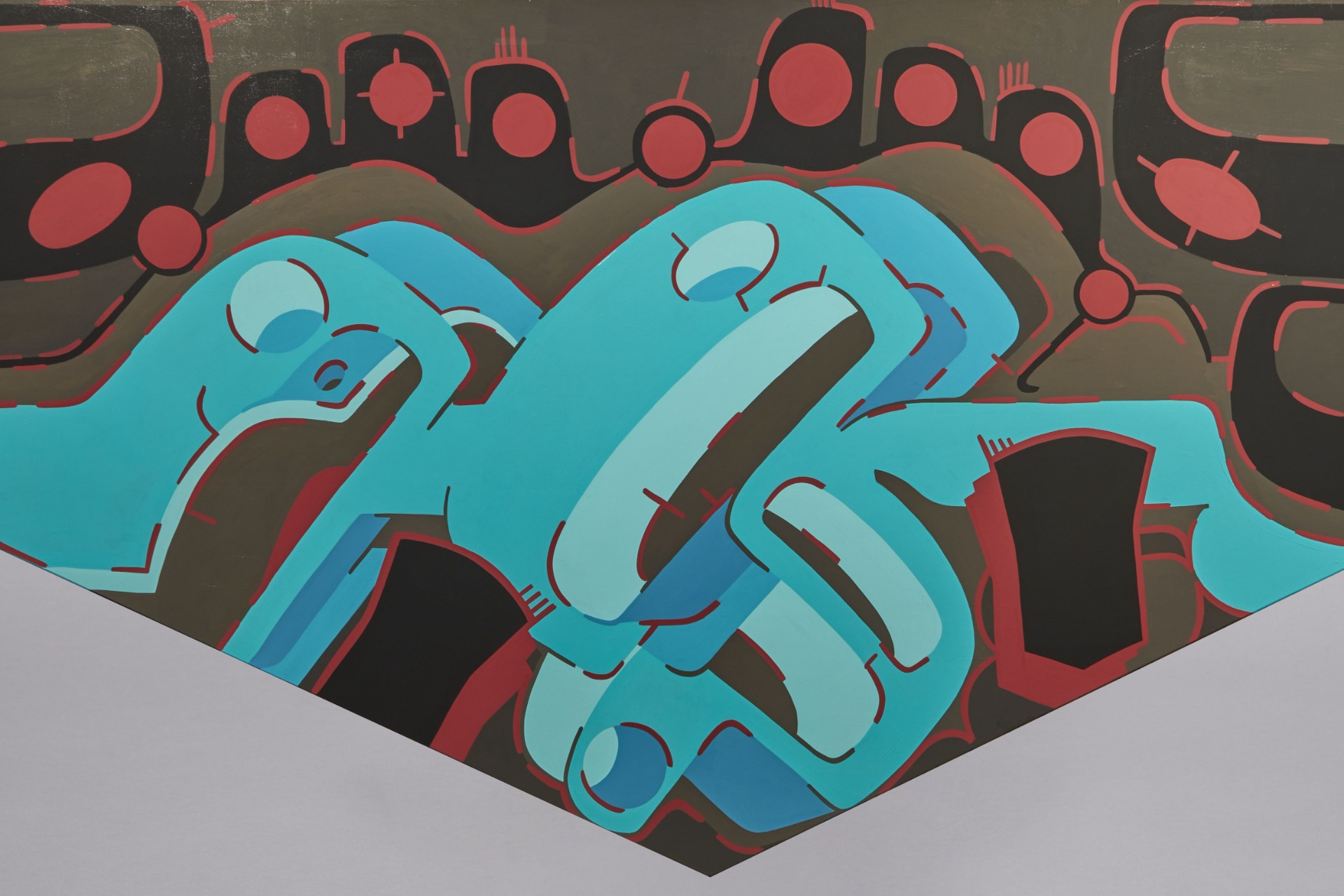Description
“On 21 June Phillip was drafted to a front line unit, the 52nd Battalion, and sent to France. The Canadians were in the Lens-Arras area at the time and in August they took part in the Battle of Hill 70. Phillip suffered gas poisoning and he was admitted to No. 5 Canadian Field Ambulance on 16 August. Four days later he was moved to No. 1 General Hospital in Camiers and he spent most of September at two convalescent depots. He was discharged to duty at the end of September and he rejoined the 52nd Battalion in the field. A short time later the Canadians moved to the Ypres salient for the Battle of Passchendaele. On 12 November Phillip’s unit took over a section of the front line on Passchendaele Ridge and their position was heavily shelled. The following day Phillip suffered a shrapnel wound to his left hand. He was taken to No. 9 Canadian Field Ambulance then evacuated to England. He spent five days at Richmond Military Hospital followed by three weeks at a convalescent hospital. Philllp was discharged to duty on 11 December and he served in the UK for the next five weeks. In mid-January 1918 he became ill with bronchitis and he was admitted to No. 11 Canadian General Hospital in Shorncliffe. Two weeks later he was moved to the Canadian Special Hospital in Lenham, with suspected tuberculosis. At the end of March he was invalided to Canada on the Llandovery Castle and he had further treatment in Winnipeg. He was discharged in Winnipeg on 22 June 1918, due to being medically unfit for further war service.” KENORA GREAT WAR PROJECT, https://www.kenoragreatwarproject.ca/canadian-infantry/pelly-phillip/
Bibliographic sources
https://central.bac-lac.gc.ca/.item/?op=pdf&app=CEF&id=B7711-S032. Image from the Kenora Great War Project, https://www.kenoragreatwarproject.ca/canadian-infantry/pelly-phillip/

